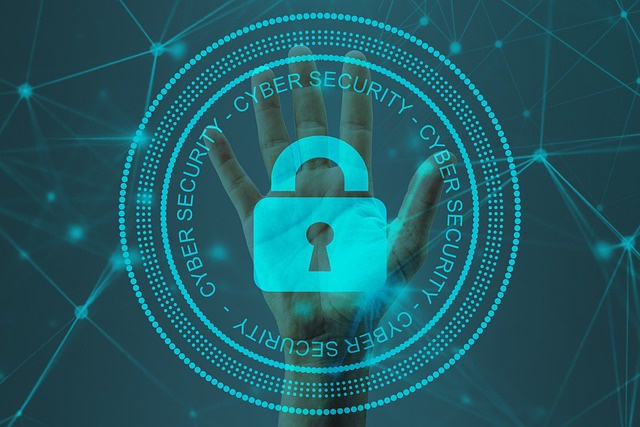In an era where cyber threats are omnipresent and data breaches are commonplace, traditional security models have proven inadequate in safeguarding digital assets. As organizations embrace remote work, cloud computing, and interconnected systems, the need for a more robust cybersecurity approach becomes increasingly evident. Enter Zero Trust Security—a revolutionary paradigm shift that challenges the notion of implicit trust within networks and redefines how we protect sensitive information.
Understanding Zero Trust Security
Zero Trust Security is founded on the principle of "never trust, always verify." Unlike traditional security models that rely on perimeter-based defenses, Zero Trust assumes that threats can originate from both external and internal sources. Consequently, every user, device, and application is treated as untrusted until their identity and intentions are verified, regardless of their location or network entry point.
At its core, Zero Trust Security aims to minimize the potential impact of security breaches by implementing stringent access controls, continuous monitoring, and segmentation of network resources. By adopting a Zero Trust approach, organizations can significantly reduce their attack surface and mitigate risks associated with cyber threats.
Key Components of Zero Trust Security
-
Identity and Access Management (IAM): IAM solutions play a pivotal role in verifying the identity of users and devices before granting access to resources. Multi-factor authentication (MFA), least privilege access, and dynamic identity-based policies are essential components of a Zero Trust IAM strategy.
-
Network Segmentation: Zero Trust advocates for micro-segmentation, dividing the network into smaller, isolated zones to limit lateral movement by attackers and contain the impact of security breaches. Segmentation policies are enforced based on user identity, device health, and contextual factors.
-
Continuous Monitoring and Analytics: Zero Trust mandates continuous monitoring of network traffic, user behavior, and device activity to detect anomalies and potential security threats in real-time. Advanced analytics and machine learning algorithms enable security teams to identify suspicious activities and respond promptly to security incidents.
-
Encryption and Data Protection: Protecting data both in transit and at rest is crucial in a Zero Trust environment. Encryption mechanisms such as TLS and end-to-end encryption ensure that sensitive information remains secure, while data loss prevention (DLP) solutions help prevent unauthorized access and leakage of confidential data.
Benefits of Zero Trust Security
-
Enhanced Security Posture: By adopting a proactive and skeptical approach to security, Zero Trust helps organizations stay ahead of evolving threats and vulnerabilities. It reduces the likelihood of successful cyber attacks and mitigates the impact of security breaches.
-
Improved Compliance: Zero Trust Security aligns with regulatory standards such as GDPR and HIPAA by enforcing strict access controls, data encryption, and audit trails, thereby helping organizations achieve compliance and avoid costly penalties.
-
Adaptability to Modern Work Environments: With the rise of remote work and cloud adoption, Zero Trust enables organizations to secure their digital assets regardless of location or network environment, ensuring seamless connectivity and productivity for remote workers.
-
Scalability and Flexibility: Zero Trust Security is adaptable to the evolving needs of organizations, allowing them to scale their defenses according to changing infrastructure, applications, and user requirements. Whether deploying on-premises, in the cloud, or in hybrid environments, Zero Trust principles can be applied consistently.
Challenges and Considerations
Implementing Zero Trust Security requires careful planning, significant investment in technology, and cultural change within organizations. It may involve restructuring networks, integrating disparate security solutions, and educating employees about the importance of security hygiene. Additionally, organizations must balance security requirements with user experience to avoid hindering productivity.
Conclusion
In a world where cyber threats continue to evolve and multiply, Zero Trust Security offers a proactive and adaptive approach to cybersecurity. By embracing continuous verification and stringent access controls, organizations can fortify their defenses, safeguard sensitive data, and adapt to the ever-changing threat landscape. While the transition to Zero Trust may pose challenges, the benefits in terms of enhanced security and resilience make it an essential strategy for any modern enterprise looking to secure its digital assets effectively.


No comments yet